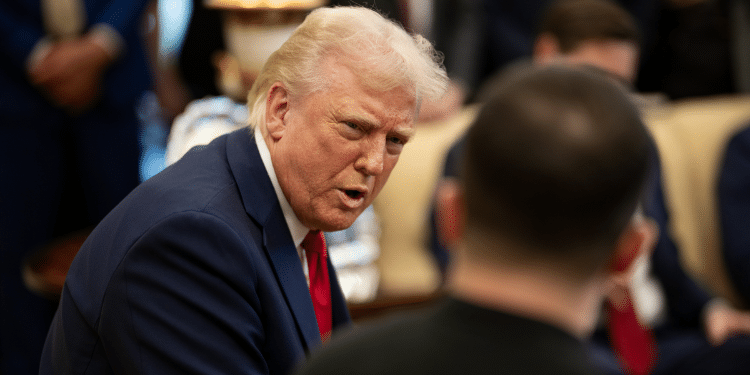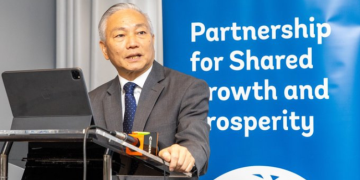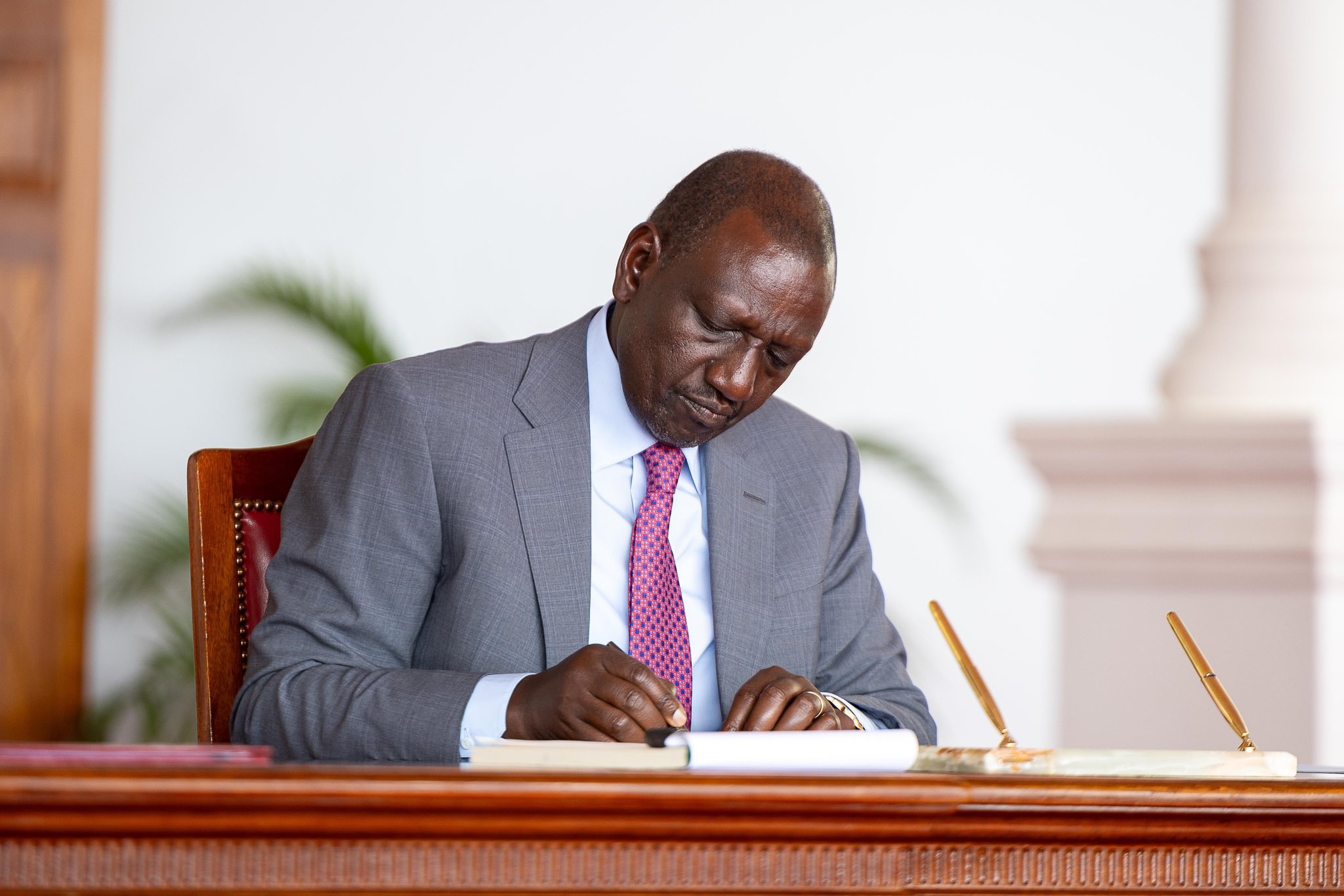Global oil prices have dropped ahead of the Energy and Petroleum Regulatory Authority (EPRA)’s October–November fuel price review.
Oil prices fell by more than $2 per barrel, or about 4%, on Friday, October 10, after U.S. President Donald Trump threatened a “massive increase” in tariffs on Chinese goods and suggested that he could cancel his upcoming meeting with President Xi Jinping.
Trump, who was due to meet Xi Jinping in about three weeks in South Korea, complained about what he characterized as China’s plans to hold the global economy hostage, after China dramatically expanded its export controls on rare earth elements.
This reignited fears that an escalating trade war could weaken global economic growth and dampen oil demand.
China dominates the market for such elements, which are essential to tech manufacturing.
Why Global Oil Prices Have Dropped Ahead of EPRA Review
The price decline was further compounded by persistent bearish sentiment driven by rising global oil supply, including increased output from both OPEC+ and non-OPEC producers.
Additionally, easing geopolitical tensions in the Middle East — particularly progress toward a ceasefire between Israel and Hamas in Gaza — removed a key risk premium from oil prices, further contributing to the downward momentum.
The end of hostilities has reduced concerns over potential supply disruptions that had previously supported higher prices.
Also Read: Why Kenyan Motorists Want EPRA Scrapped After Fuel Price Review
Brent crude futures settled at $62.73 per barrel, down $2.49 or 3.82%, marking the lowest level since May 5.
U.S. West Texas Intermediate (WTI) crude closed at $58.90 per barrel, down $2.61 or 4.24%, the lowest since early May.
In its Weekly Bulletin released on October 9, the Central Bank of Kenya (CBK) noted that international oil prices remained relatively steady, as investors weighed a smaller-than-expected production increase by OPEC+ for November 2025 — a move that helped temper concerns about a supply glut.
Meanwhile, Murban crude prices rose slightly, settling at USD 66.80 per barrel on October 8, up from USD 65.59 on October 2.
OPEC+ Increases Output Below Expectations
CBK noted that the prices have moderated due to increased production and subdued global demand, but have been volatile due to elevated global uncertainties.
Crude prices found support after OPEC+ agreed to a 137,000 bpd increase in its crude production target, starting in November, which was less than market expectations of a potential 500,000 bpd boost to production.
OPEC+ is in the midst of boosting output by a further 1.66 million bpd to fully reverse the 2.2 million bpd production cut seen in early 2024.
Also Read: Trump Govt Targets Iran’s Oil and Gas Network with New Sanctions
OPEC’s September crude production rose by +400,000 bpd to 29.05 million bpd, the highest in 2.5 years.
“Oil prices have moderated, mainly reflecting increased production by the OPEC+ and non-OPEC producers, and reduced global demand. The OPEC+ announced on October 5, 2025, that it will raise output by 137,000 bpd in November 2025,” CBK said.
“The main risks to oil prices relate to higher tariffs, and any supply disruptions from escalation of geopolitical tensions particularly the conflict in the Middle East and war in Ukraine.”
Follow our WhatsApp Channel and X Account for real-time news updates.










































































